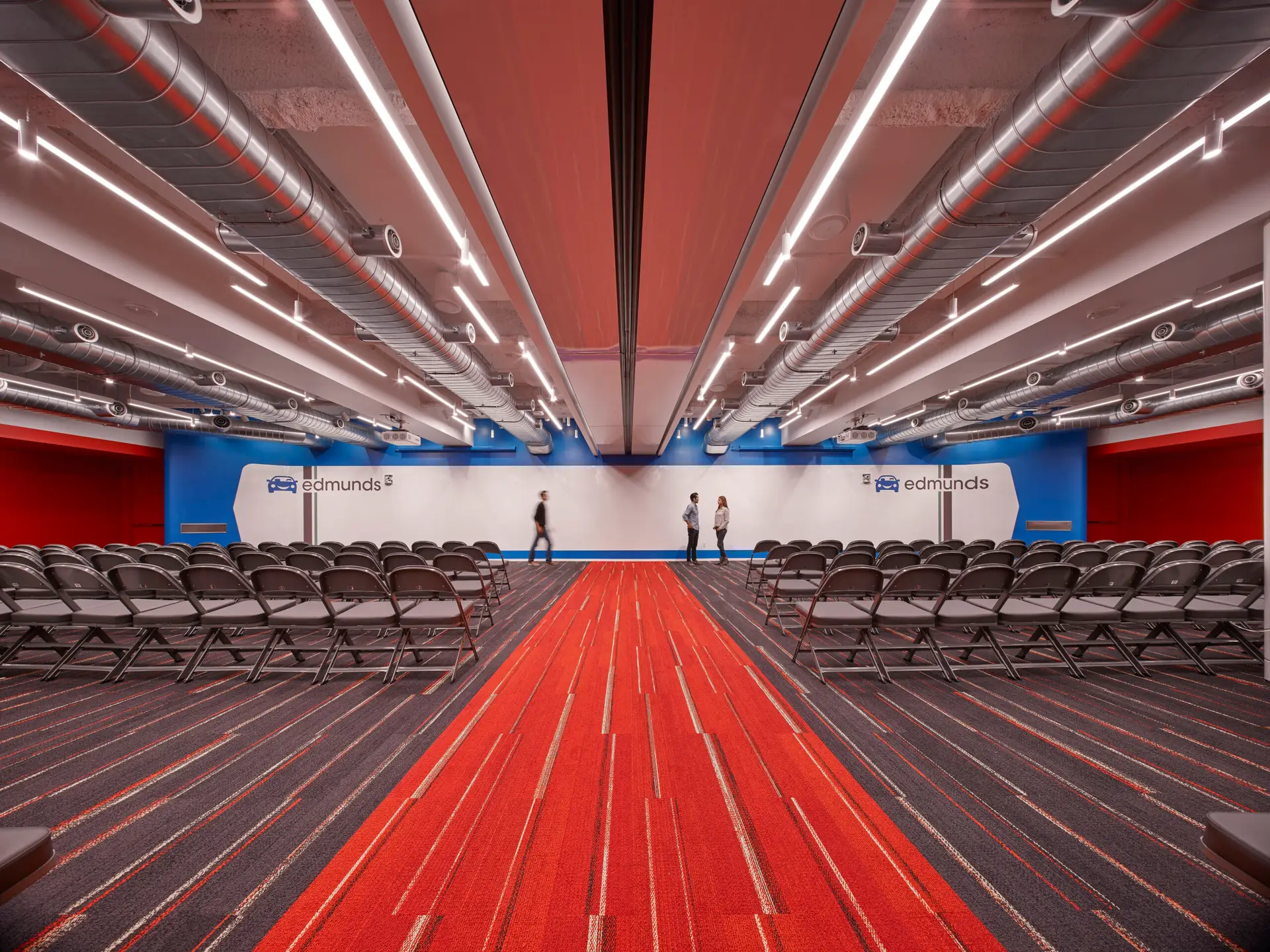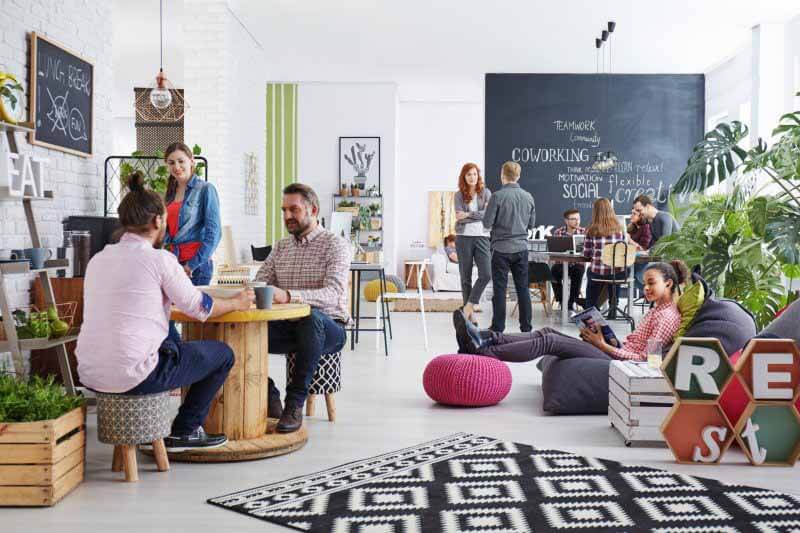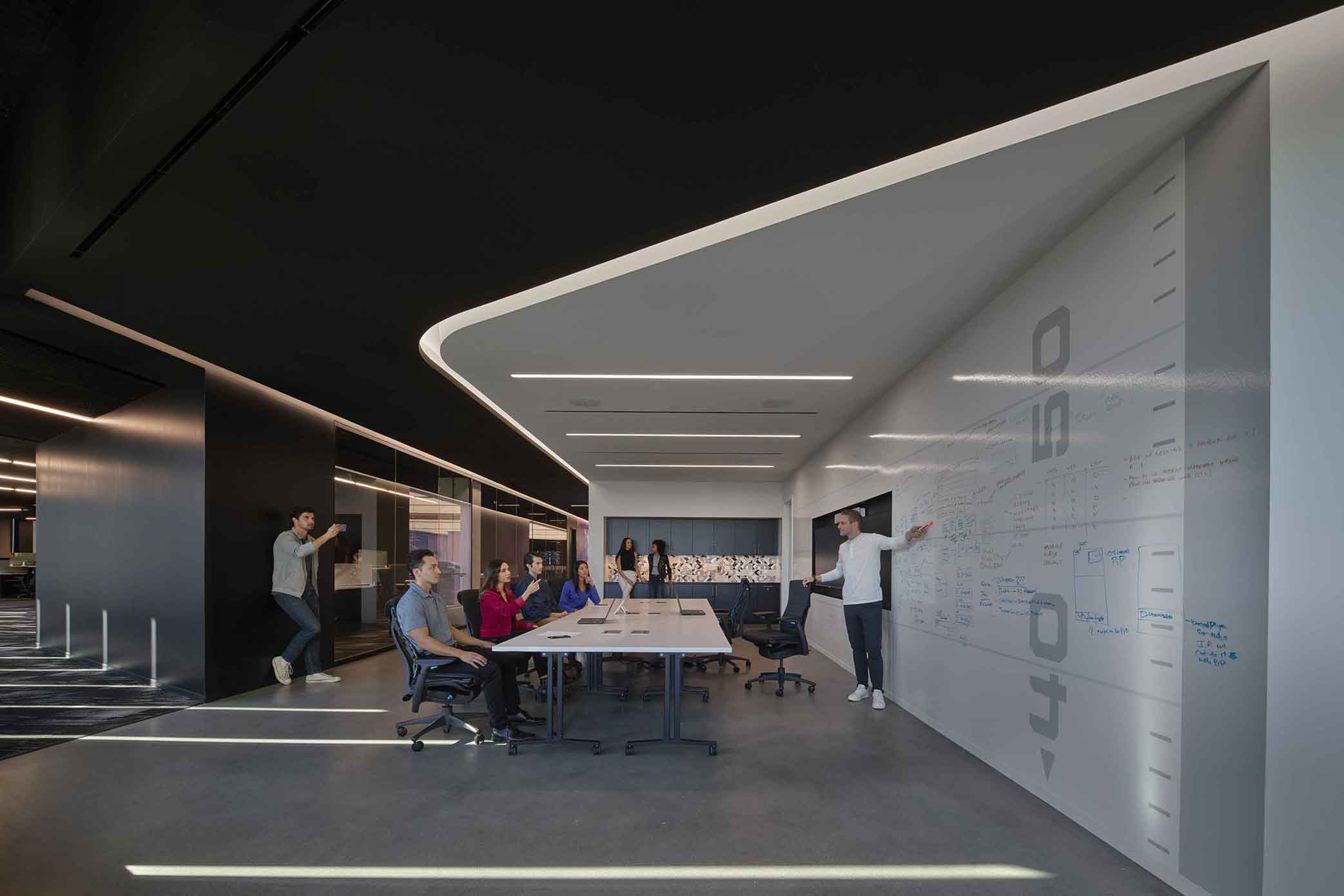
3 Ways Writable Walls Improve Office Culture
A great office culture is key to a thriving company. It effects innovation, productivity, efficiency, and well-being. And great office culture rarely happens by accident. There’s often a lot of strategizing that goes into creating a positive workspace. So how can writable walls affect office culture?

What is office culture?
Office culture is the collection of behaviors, values and norms that characterize your office. It is constantly evolving, and is the creation of everyone in the office – not just upper management. That said, managers and decision makers have a powerful influence on office culture. Whether that influence is deliberate or not varies from company to company.
Because even if the boss dismisses the idea of office culture, that doesn’t mean it doesn’t exist. Are employees expected to solve problems alone or do they have support? Are newcomers welcomed by the team or excluded? Is the priority of employees speed or quality or something else? The answers to all of these questions and much more make up the company culture, whether or not the boss is deliberately making choices about it.

Why is Office Culture Important?
A positive office culture is important for many reasons. It is vital for talent retention, after all if employees are feeling isolated or unhappy within an organization they’re not staying long. The other side of that is attracting talent. In a 2022 survey, company culture and values was listed as one of the top 5 considerations for someone deciding on a job offer. Great office culture fuels productivity and teamwork. You want to have an environment where people are excited to come into work and tackle the day.

Collaboration
If you’ve anything about company culture, a “collaborative culture” seems to be the gold star achievement. In the past decade or so, collaboration emerged as one of the big buzzwords associated with success. And rightly so, as collaboration is shown to fuel productivity, new ideas, more effective problem-solving, and innovative solutions.
The design world has responded with a strong pivot towards designing to support collaboration. Space planning includes huddle rooms and spaces created for collaborative work. Flexible furniture solutions that allows for easy pivots to group work are also popular. Dry-erase products that improve on the classic whiteboard have also boomed in popularity.

How Does a Writable Wall Improve Office Collaboration?
The whiteboard does not adequately support a strongly collaborative culture. They’re small. They’re clunky. And after a few months, they’re permanently smeared with traces of dry-erase markers.
Dry-erase wall covering however is a much better solution. It installs to cover the entire wall, smoothly integrating with the space and not taking up any valuable room. Peerhatch dry-erase wall covering is a patented option which eliminates any marker traces that mar traditional whiteboards. In fact, they wipe clean as new even after writing has been left up for months.
With these advances compared to the traditional whiteboard, it is a much better design solution to accommodate the collaborative work of an office. It’s a tool that makes it easy and fun to work together with groups of people and helps create a more collaborative environment.

Belonging to a team
One important aspect of office culture is a sense of belonging. In a good office culture, employees feel like they belong to a team. Supportive, connected, welcoming – all of these are top values associated with a positive company culture. Building this has a lot to do with the interpersonal relationships among coworkers and how people to treat each other – strong human resources are helpful here.
The other part of this, is ensuring a strong sense of what everyone is a part of. Do employees have a strong sense of your company and brand? Branding isn’t just for the benefit of customers, it’s important for employees as well. Top corporations like Microsoft invest heavily in environmental branding for offices that few customers or investors will ever visit. Why? Because creating a strong sense of the brand amount employees fosters a sense of togetherness, of being on a single team with clear goals and values.

How Do Writable Walls Help Build a Sense of Belonging?
Peerhatch writable walls can be a valuable environmental branding tool because of their customizability. It is simple to add a logo or brand colors to the wall. Or for a more sophisticated approach, one could incorporate graphics that relate to the brand more subtly. For example, at NFL Los Angeles, they chose to brand their writable walls with the yard lines of a football field. It creates a very different workspace from simply choosing an anonymous whiteboard that could be found in any office.

Inclusivity – Room for Every Voice
In a great office culture, every voice is heard. This is of course easier said than done. Without active work by management, it is easy for some voices to be pushed down. It is important to work towards inclusivity not just to ensure everyone is respected and treated with decency as they deserve, but also from a business standpoint. Not listening to the full variety of experiences and perspectives of your team means it is easy for great ideas to get lost and for the growth of the company to be stifled.

How Do Writable Walls Improve Inclusivity in the Office?
Strategies like an open-door policy or vocally encouraging feedback can contribute to a more inclusive workspace. It is important to give everyone the space to make their opinions known in discussions. Writable walls can help create this space in a very literal sense. Dry-erase walls aren’t limited by size. Installed in panels like wallpaper, they easily cover the full height and width of any wall – or even an entire room.
A whiteboard encourages a presentation format for meetings and discussions, simply because there’s not enough room for more than one or two people to comfortably work on it at once. Dry-erase walls give the space for groups of people to contribute all at once. Basically, it becomes far easier and more natural to everyone to contribute their perspective. They can be a valuable tool for companies trying to create a more inclusive culture.
Ready to Add a Writable Wall to Your Office?
If your interest is sparked, check out our gallery of Peerhatch projects to see how other workspaces have incorporated a writable wall into their space. Not only is it a great tool functionally, it can support your efforts to create a more positive work culture. Contact us today to get started!
Recent Posts
Tags
Have Questions?
Aenean imperdiet. Etiam ultricies nisi vel augue. Curabitur ullamcorper ultricies nisi. Nam eget dui. Etiam rhoncus.
